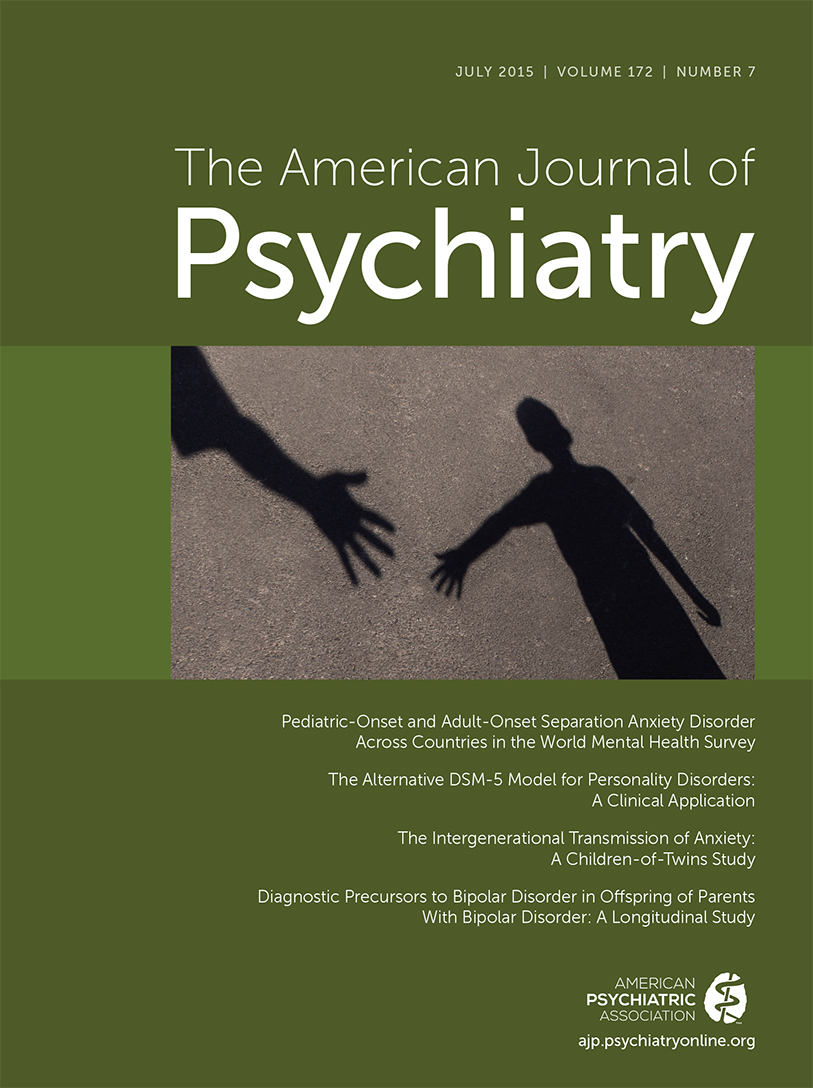Longitudinal Stability of Genetic and Environmental Influences on Irritability: From Childhood to Young Adulthood
Abstract
Objective:
Little is known about genetic influences on juvenile irritability and whether such influences are developmentally stable and/or dynamic. This study examined the temporal pattern of genetic and environmental effects on irritability using data from a prospective, four-wave longitudinal twin study.
Method:
Parents and their twin children (N=2,620 children) from the Swedish Twin Study of Child and Adolescent Development reported on the children’s irritability, defined using a previously identified scale from the Child Behavior Checklist.
Results:
Genetic effects differed across the sexes, with males exhibiting increasing heritability from early childhood through young adulthood and females exhibiting decreasing heritability. Genetic innovation was also more prominent in males than in females, with new genetic risk factors affecting irritability in early and late adolescence for males. Shared environment was not a primary influence on irritability for males or females. Unique, nonshared environmental factors suggested strong effects early for males followed by an attenuating influence, whereas unique environmental factors were relatively stable for females.
Conclusions:
Genetic effects on irritability are developmentally dynamic from middle childhood through young adulthood, with males and females displaying differing patterns. As males age, genetic influences on irritability increase while nonshared environmental influences weaken. Genetic contributions are quite strong in females early in life but decline in importance with age. In girls, nonshared environmental influences are fairly stable throughout development.



